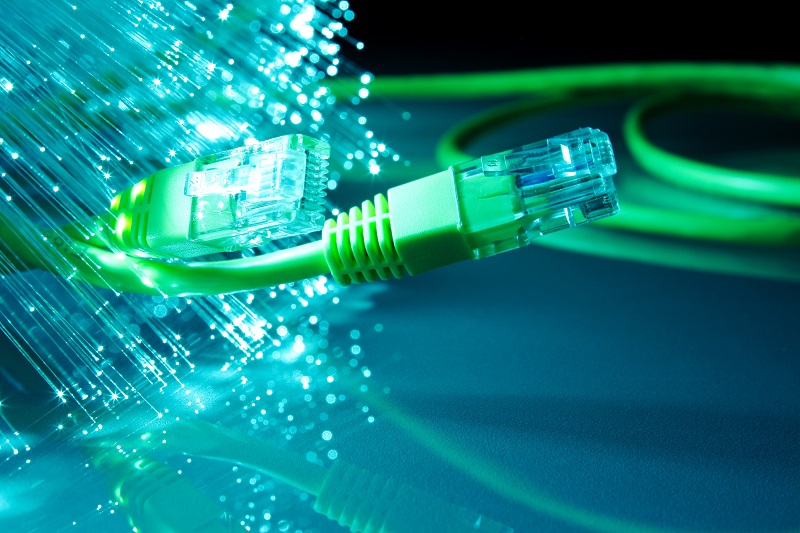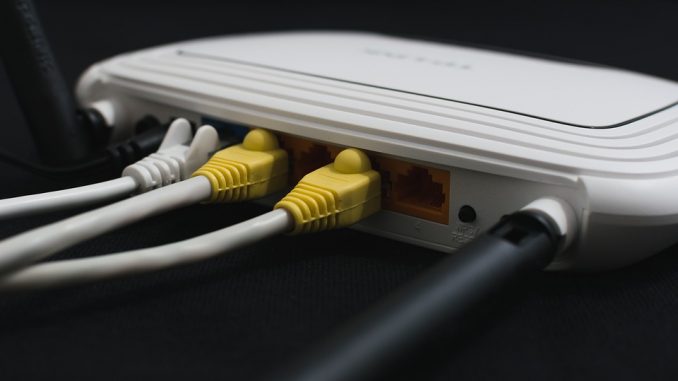
Development And Current Trends Of FTTH Technology Across The Globe

Fiber to the home (FTTH) is a modern optical network access technology. Currently, triple play services and high-speed internet access are now widely accepted for a majority of people across the world.
Be that as it may, the hunger for increased internet speed is widespread, and this has prompted a fierce competition between telecommunication companies (and their copper networks) and cable companies (in conjunction with their coaxial networks). The competition has brought out the truth that access to the internet via copper wires had reached its limits, and the only hope for increased bandwidth in the future is the installation of optical fiber.
Developers introduced FTTH as the primary solution to reduced broadband access networks.
The situation of FTTH across the globe is very inhomogeneous, and the status of deployment of fiber to the home and usage of standards in any country depends on the history of broadband internet access in a particular country, regional inconsistencies, local telecommunication firms, and technical issues of individuals.
Internet-savvy consumers are demanding increased bandwidth, and the current broadband networks are finding it hard to keep up with the pace. Uses of basic client bandwidth, such as peer-to-peer file sharing and e-mail, are gulping more bandwidth than most contemporary generation networks can provide. The demand for more bandwidth is not reducing but continues to grow at an average of 70 % compound annual growth rate (CAGR), with video-on-demand (VoD) being the biggest driving factor. Consequently, there has been a notable proliferation of broadband networks across the world, but it is obvious that the only long term solution is the optical fiber. Many internet consumers view optical fiber as one service that is unlimited in bandwidth, and they are confident of multiple services.
FTTH Forecast Analysis And Market Trends
Fiber to the home is a popular integrated communication technology that uses fiber optic technology to enable faster and more effective communication. The technology connects homes to the operator via optic fiber wires. It allows consumers to listen to audio from a variety of sources, listen and view HD audio-visual formats, and generally gain access to increased volumes of digital data.
Since the inception of FTTH technology, the ancient communication infrastructure which used copper in coaxial cables and telephone wires has dropped in popularity.

There are increased efforts to ensure that affordable FTTH services are available for many customers, and this will positively foster global economic growth. Analysts foresee that fiber optic wires will eventually replace the infrastructure based on copper wire.
The grouping of fiber to the home segment relies on the homes that have FTTH and those that don’t. Currently, the global fiber market has a substantial number of homes which already have FTTH. As far as Deployment Provider Type is concerned, analysts divide the global FTTH market into Developer/Integrator, Electric Co-ops, Competitive Local Exchange Carrier (CLEC), Multi-System Operator (MSO), Incumbent Local Exchange Carrier (ILEC), and Publicly/Municipality Owned Systems. The Incumbent Local Exchange Carrier represented the highest market share a few years ago. Consumers can use fiber to the home in various ways such as online gaming, video conferencing, file sharing, internet video, Web/Data, and VoIP. Rural, suburban, and urban areas are the main segments of the end users of fiber to the home. Currently, the urban area has the highest market share of fiber to the home while the suburban area will record the highest growth rate according to analysts.

